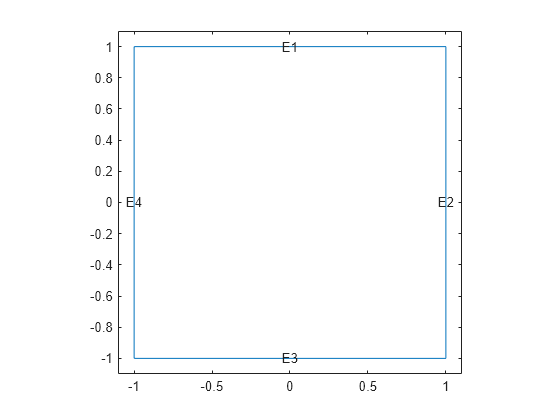edgeLoad
Description
An edgeLoad object contains a description of a load on an edge
of a geometry. An femodel object contains
an array of edgeLoad objects in its EdgeLoad property.
Creation
Description
model.EdgeLoad(
creates an EdgeID) = edgeLoad(Name=Value)edgeLoad object and sets properties using one
or more name-value arguments. This syntax assigns the specified structural, thermal, or
electromagnetic load to the specified edges of the geometry stored in the
femodel object model. For example,
model.EdgeLoad([1 2]) = edgeLoad(SurfaceTraction=[0 100]) specifies
the surface traction on edges 1 and 2.
Input Arguments
Properties
Examples
Version History
Introduced in R2023a
